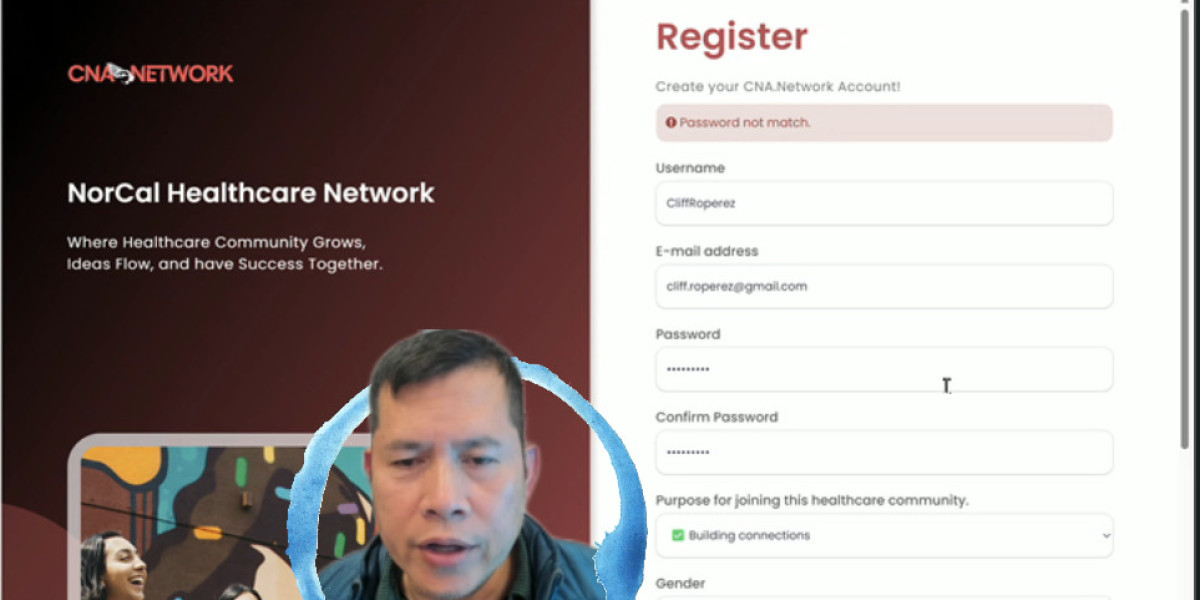Application performance defines the speed, responsiveness, and reliability users experience.
Research by Google (2024) shows that over 50% of users abandon a site if it loads in more than three seconds.
A study by Deloitte revealed that 0.1-second improvements in load times can increase retail conversions by 8.4%.
Key impacts include:
Faster Applications: Users interact more, stay longer, and complete more transactions.
Reduced Friction: Smooth navigation increases trust and brand loyalty.
Higher Retention Rates: Speed is critical for retaining mobile and web app users.
Performance tuning ensures systems meet and exceed user expectations, reinforcing business success.
What Is Performance Tuning in User Experience Context?
Performance tuning involves analyzing and optimizing an application’s components to eliminate delays, crashes, or inconsistencies.
Key elements tuned during optimization:
Server Response Time: Reducing backend processing delays.
Frontend Rendering: Improving how fast the user interface loads and becomes interactive.
Database Query Optimization: Speeding up information retrieval.
Network Latency Reduction: Ensuring swift content delivery globally.
Performance Optimization Services like Tkxel’s offer a structured approach to tuning applications for maximum efficiency and usability.
How Performance Optimization Services Enhance User Experience
Performance Optimization Services provide structured, data-driven strategies to improve every layer of an application.
Core activities include:
Speed Audits: Analyzing current load times and system bottlenecks.
Code and Database Refactoring: Streamlining inefficient operations.
Load Balancing: Ensuring consistent performance under peak traffic.
Real User Monitoring (RUM): Tracking real-world usage to fine-tune performance.
Security Enhancements: Ensuring optimization doesn't compromise protection.
Tkxel’s experts integrate optimization throughout the stack, ensuring user-centric improvements align with technical excellence.
Why Is Speed So Important for User Satisfaction?
Speed influences every metric of user engagement.
Factor | Impact of Speed | Measurable Results |
Page Load Time | Directly affects bounce rates | +100ms delay = -1% sales (Akamai, 2024) |
First Input Delay | Affects perceived application responsiveness | Target under 100ms for optimal UX |
Time on Page | Users stay longer when pages load quickly | 2x longer session duration with fast loads |
Conversion Rates | Slow apps see fewer transactions completed | 7% loss per second of delay (Portent, 2024) |
Speed is not a luxury; it is an essential part of modern user experience design.
How Tuning Enhances Key UX Metrics
Performance tuning targets the metrics that matter most:
Largest Contentful Paint (LCP): Optimized to under 2.5 seconds for first impressions.
First Input Delay (FID): Tuned to below 100ms for seamless interactions.
Cumulative Layout Shift (CLS): Minimized to under 0.1 for visual stability.
Performance Optimization Services specialize in tuning applications to surpass these critical benchmarks, directly boosting usability and engagement.
Common Performance Bottlenecks That Harm UX
Typical issues that slow down applications include:
Unoptimized Images and Videos: Heavy files delay page rendering.
Excessive HTTP Requests: Too many network calls overwhelm browsers.
Large JavaScript Bundles: Heavy scripts block interactive elements.
Poor Server Configuration: Slow response times during peak loads.
Inefficient Database Structures: Complex queries bog down transactions.
Addressing these problems systematically through professional optimization dramatically improves user satisfaction.
How Mobile-First Optimization Enhances User Experience
In 2025, mobile accounts for over 60% of global web traffic (Statista, 2025).
Mobile-first optimization focuses on:
Responsive Design: Ensuring UI adapts to all screen sizes.
Touch Optimization: Minimizing delays between tap and response.
Optimized Media: Using formats like WebP for faster loading.
Mobile CDN Acceleration: Serving content from closest nodes for faster delivery.
Performance Optimization Services align mobile and desktop experiences for seamless omnichannel engagement.
Backend Performance Tuning: The Hidden UX Booster
Backend improvements also transform the user experience.
Key backend tuning strategies:
Database Indexing: Speeds up data retrieval.
API Gateway Optimization: Ensures fast and secure third-party integrations.
Asynchronous Processing: Handles background tasks efficiently.
Caching Mechanisms: Stores frequently accessed data closer to users.
Optimizing the backend reduces latency and accelerates every user interaction, even when users never see the server-side complexities.
Proactive Monitoring for Continuous UX Improvements
Performance optimization is a continuous process, not a one-off event.
Key monitoring tools:
New Relic: Tracks application performance in real time.
Google Lighthouse: Scores page speed and suggests improvements.
Dynatrace: Provides full-stack monitoring and anomaly detection.
PageSpeed Insights: Evaluates mobile and desktop speed separately.
Performance Optimization Services incorporate these tools into DevOps pipelines, creating ongoing feedback loops for continual user experience enhancements.
Emerging Technologies Shaping UX Performance in 2025
Applications today must prepare for tomorrow’s standards.
Emerging technologies include:
HTTP/3: Faster, more reliable protocol improving page loads.
Edge Computing: Moving processing closer to the user, reducing latency.
Progressive Web Apps (PWAs): Delivering app-like experiences instantly.
AI-Driven Personalization: Predicting user needs to optimize journeys dynamically.
Performance Optimization Services future-proof applications by integrating next-generation technologies and standards into today's systems.
FAQs About Enhancing UX Through Performance Tuning
What is the first step in performance tuning for better UX?
The first step is conducting a comprehensive performance audit.
This identifies bottlenecks across front-end, back-end, infrastructure, and network layers.
How quickly can I see results from Performance Optimization Services?
Initial improvements, such as faster load times and reduced bounce rates, typically become visible within 4 to 8 weeks after optimizations.
Is frontend or backend optimization more important for UX?
Both matter.
Frontend improvements affect perceived speed, while backend tuning ensures data is served rapidly and consistently under any load.
Can performance tuning impact SEO rankings?
Yes.
Page speed and Core Web Vitals are direct ranking factors in Google’s search algorithm.
Better UX and faster speeds enhance SEO visibility.
How often should I re-optimize my application?
Applications should undergo performance audits every 6 months or after major feature rollouts to maintain peak user experience.
Why Choose Tkxel’s Performance Optimization Services?
Tkxel’s Performance Optimization Services focus not just on fixing code but on transforming the entire digital experience.
Working with Tkxel ensures:
Comprehensive frontend and backend audits.
Cutting-edge AI and analytics-driven optimizations.
Full alignment with Core Web Vitals and accessibility standards.
Continuous monitoring and improvement frameworks.
Expertise across cloud-native, mobile-first, and emerging technologies.
Enhancing user experience through performance tuning is no longer optional; it is a business-critical priority.
Tkxel ensures your applications are ready to deliver outstanding experiences now and into the future.







